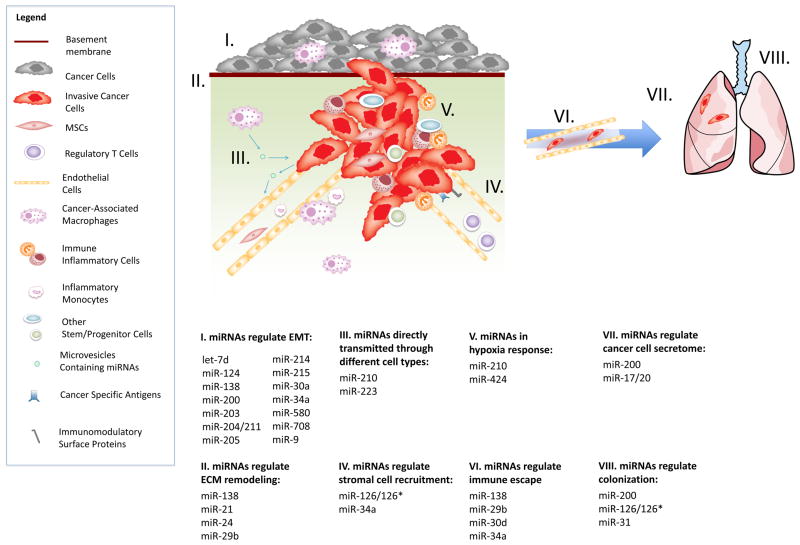Figure 1. The mechanisms by which miRNAs execute their microenvironmental regulation of cancer metastasis.
Through many different mechanisms, miRNAs regulate the tumor-stroma interactions and the metastasis process. These mechanisms include: I. miRNAs regulate epithelial-mesenchymal transition by suppressing EMT related transcription factors; II. miRNAs regulate extracellular matrix remodeling through modulating certain matrix metalloproteinase; III. miRNAs are able to function as direct transmitters that exchange information between cancer cells and stromal cells and thus facilitate metastasis; IV. miRNAs regulate recruitment of several stromal cell types including endothelial cells, MSCs, inflammatory monocytes and immune cells via changing the expression level of specific chemokines; V. miRNAs can coordinate with HIF transcription factors to regulate the oxygen homeostasis in hypoxic microenvironment; VI. miRNAs facilitate immune escape through either changing the expression of cancer specific antigens and surface immunomodulatory proteins on cancer cell membrane or regulating the infiltration of immune regulatory cell types such as regulatory T cells; VII. miRNAs regulate cancer cell secretome to affect neighboring cells’ metastatic ability or to form a pro-metastatic microenvironment; VIII. miRNAs promote colonization through increasing angiogenesis, promoting cancer cell proliferation or forming a pro-metastatic environment at the distant site.

